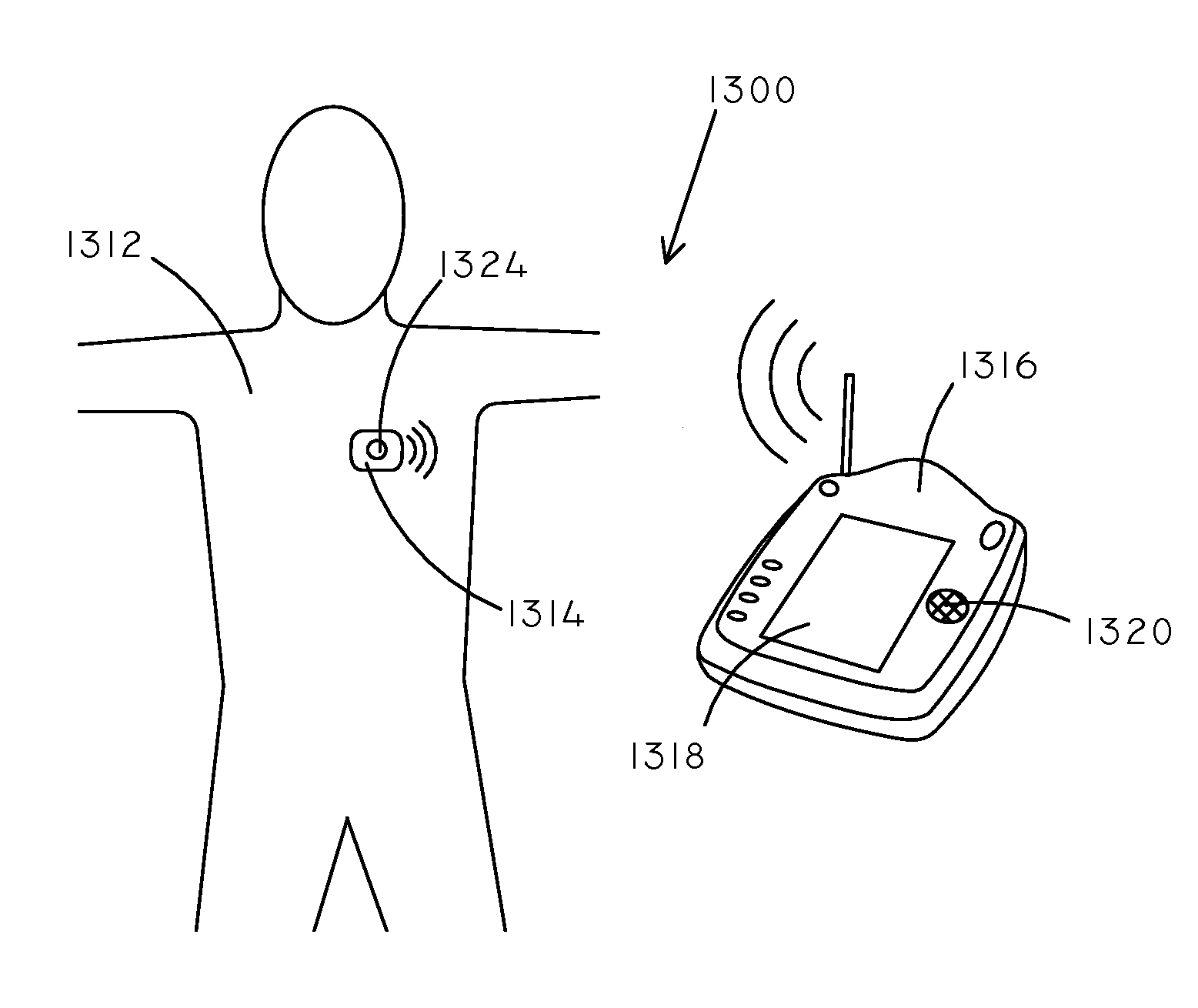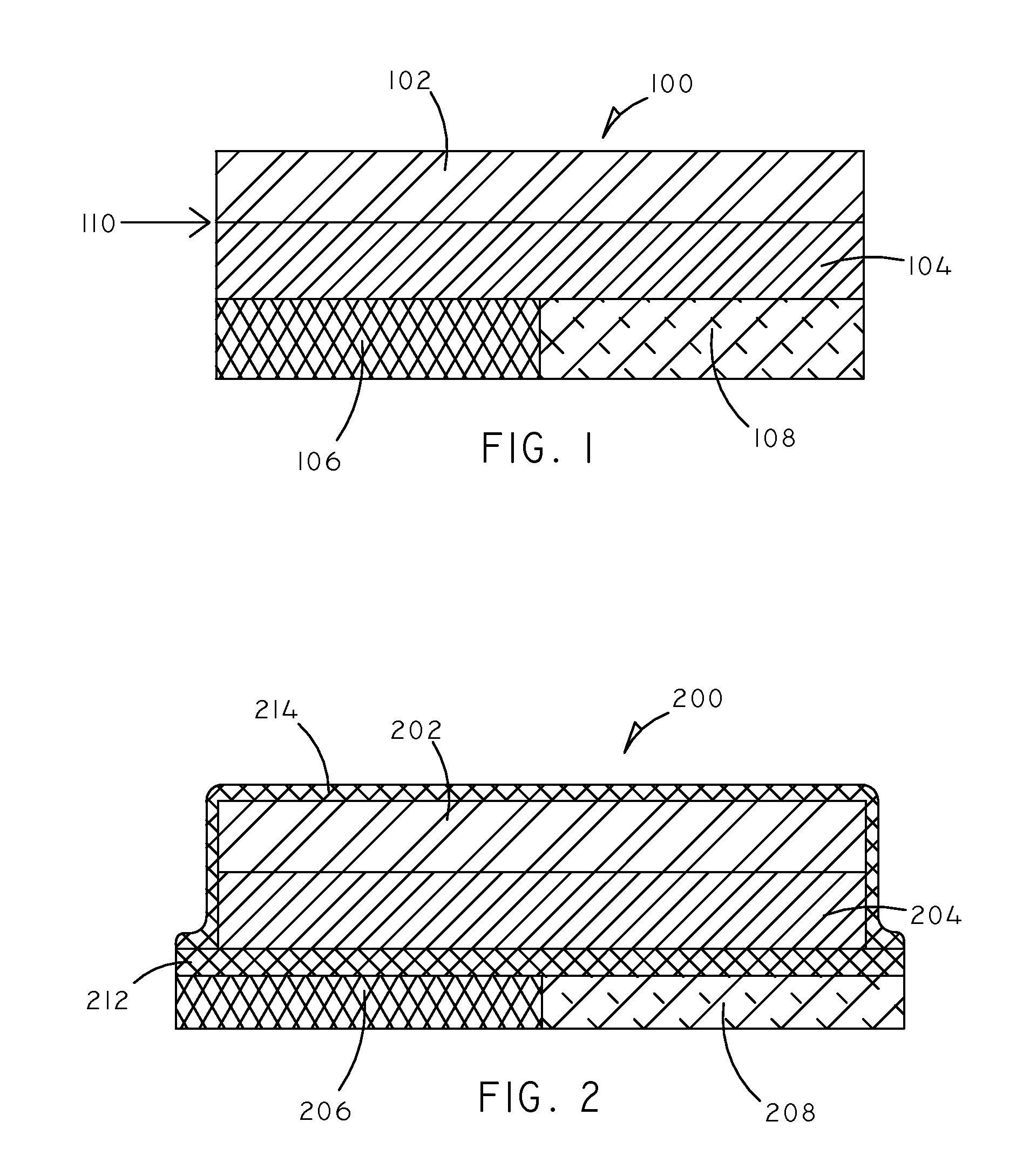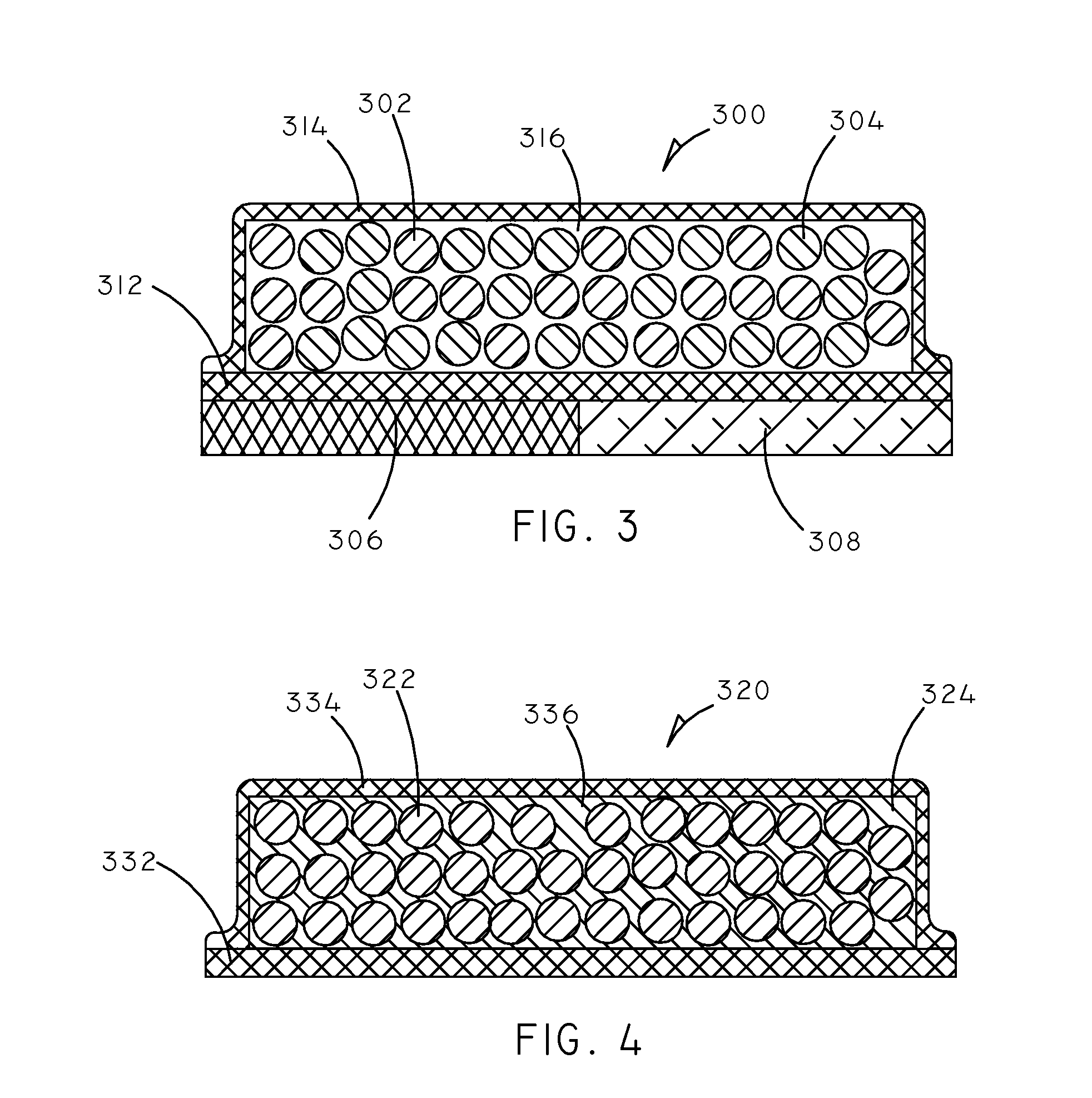Implantable Creatinine Sensor and Related Methods
a sensor and creatinine technology, applied in the field of implantable sensors, can solve the problems of renal failure, increase in serum creatinine concentration, and practical limits to the frequency with which serum creatinine concentrations can be assessed
- Summary
- Abstract
- Description
- Claims
- Application Information
AI Technical Summary
Benefits of technology
Problems solved by technology
Method used
Image
Examples
example 1
Covalent Binding of Creatinine Deiminase
[0098]Azlactone functional support beads were purchased as UltraLink Biosupport from Pierce Biotechnology (Rockford, Ill.). 20 mg of azlactone beads were transferred to a 2-mL Handee Spin Cup Column with 1.5 mL of 2 mg / mL protein (bovine serum albumin (BSA) or creatinine deiminase (CD)) solution in 0.1 M MOPS, 0.6 M citrate coupling buffer (pH was adjusted to 7.5). The sample was briefly vortexed and then gently rocked for 2 hours at room temperature. The protein solution was then separated by draining it off the column (filtrate becomes unknown 1), and the beads were rinsed with PBS, which was also collected (filtrate becomes unknown 2). The mass of the filtrates were measured. A quench solution of 3.0 M ethanolamine (1.6 mL) was added to the beads to block any un-reacted azlactone sites. Again, the sample was briefly vortexed, and gently rocked for 2.5 hours at room temperature. The quench solution was separated, and then the beads were rins...
example 2
Determination of Protein Binding
[0099]To determine the concentration of the protein in solution, the Bradford assay, which is a total protein assay, was performed. The procedure is based on the formation of a complex between the dye, Brilliant Blue G and proteins in solution. 0.1 mL of the protein solution sample (standard solutions for calibration or unknowns from the immobilization experiment) was added to 3 mL of Bradford Reagent in a polystyrene cuvette. The solution was gently shaken and left to incubate at room temperature for 10 minutes. Absorbance at a wavelength of 595 nm was measured using a spectrophotometer (Beckman Coulter DU530, Fullerton, Calif.). Protein solutions of known concentrations were used to obtain a calibration plot, which was then used to determine the concentration of the unknown sample.
[0100]Using the mass (or volume) of the filtrate, the amount of protein in solution, unbound protein, was determined, and by difference, the bound protein was then calcula...
example 3
Activity of Covalently Bound Creatinine Deiminase
[0102]A creatinine deiminase activity assay was performed to evaluate the activity of the bound enzyme. The enzymatic assay involves the reaction of creatinine deiminase with creatinine, breaking it down into N-methylhydantoin and ammonia. Then, a second reaction takes place converting ammonia and α-ketoglutarate into glutamate by glutamic dehydrogenase (GDH). In the process, a molecule of β-nicotinamide adenine dinucleotide phosphate (β-NADPH) is oxidized into β-NADP+.
[0103]Procedurally, a creatinine solution (2.4 mL, 50 mM in 50 mM phosphate buffer (PB), pH was adjusted to 7.5) was mixed with a β-NADPH (0.3 mL, 3 mM in PB), α-ketoglutarate (0.3 mL, 10 mM in PB), and GDH (0.05 mL, 1000 units / mL) in a cuvette. The solution was mixed by inversion, and let to equilibrate to room temperature (assay required equilibration to 37° C.). After about 7 min, creatinine deiminase (0.10 mL) was added to the creatinine solution. The solution was i...
PUM
 Login to View More
Login to View More Abstract
Description
Claims
Application Information
 Login to View More
Login to View More - R&D
- Intellectual Property
- Life Sciences
- Materials
- Tech Scout
- Unparalleled Data Quality
- Higher Quality Content
- 60% Fewer Hallucinations
Browse by: Latest US Patents, China's latest patents, Technical Efficacy Thesaurus, Application Domain, Technology Topic, Popular Technical Reports.
© 2025 PatSnap. All rights reserved.Legal|Privacy policy|Modern Slavery Act Transparency Statement|Sitemap|About US| Contact US: help@patsnap.com



